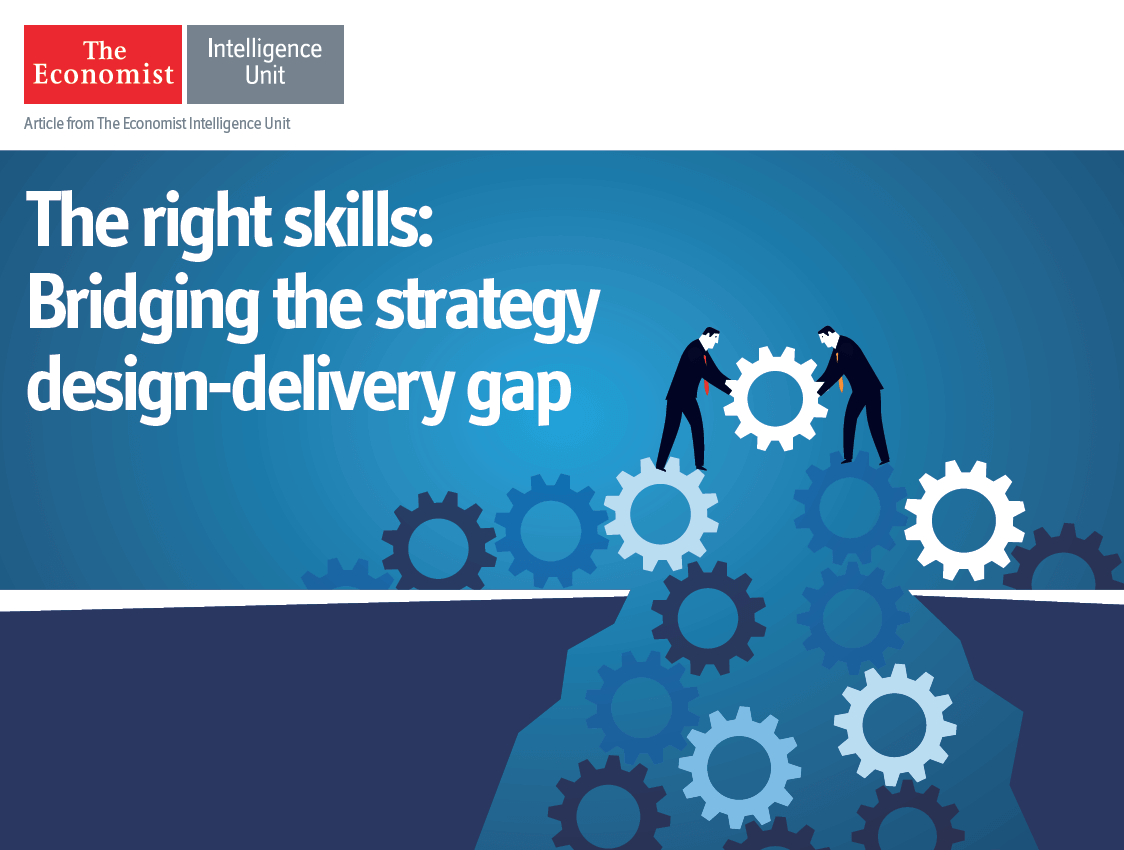The right skills: Bridging the strategy design-delivery gap
Interview: Q&A with Benoît Claveranne, CEO International and New Markets, and Sébastien Van Dyk, Group Transformation Human Resources Director, both of AXA Group.

Q&A with Benoît Claveranne, CEO International and New Markets, and Sébastien Van Dyk, Group Transformation Human Resources Director, both of AXA Group. The Economist Intelligence Unit (EIU) interviewed Mr Claveranne and Mr Van Dyk to explore the nature of—and solutions to—the talent required to bridge the strategy design-delivery gap.
When Benoît Claveranne was appointed Chief Transformation Officer of the AXA Group in 2016[^1], his first act was to hire Sébastien Van Dyk to head up HR for the transformation teams. Mr Claveranne recalls, “If I did not have someone focusing specifically on people, I had no chance. Integrating talent strategy with the company’s overall strategy may be the most important question of all [for successful delivery].”
A global survey of 500 corporate leaders conducted by The Economist Intelligence Unit[^2] reveals widespread talent challenges related to strategy. The EIU interviewed Mr Claveranne and Mr Van Dyk to explore the nature of—and solutions to—the talent required to bridge the strategy design-delivery gap.
[^1]: On December 1st 2017 Benoît Claveranne was appointed Chief Executive Officer International and New Markets of the AXA Group. [^2]: The survey was conducted in June and July 2017. Respondents all work for large companies: 48% had annual global revenue of US$1bn-5bn; 39% of US$5bn-10bn, and the remaining 13% of more than US$10bn. The survey sample is also senior, with half C-level or above and the other half made up of senior and executive VPs, directors, and heads of business units and departments. In geographic terms, 30% each come from North America, Europe, and Asia-Pacific and the remainder from the rest of the world. Finally, respondents are from a wide range of industries, with IT (10%), financial services (9%), and manufacturing (8%) most frequently represented.
Published on 12 December 2017